The 5 sales which made Christie’s – No.2: The Stowe sale
This month, Christie’s is celebrating its 250th anniversary. Huon Mallalieu chooses five key sales that chart the transformation of a Pall Mall auction house into a giant of the international art market.
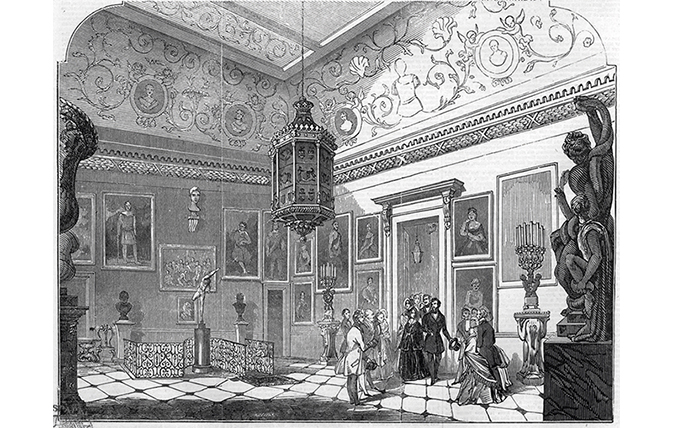

1848: the Stowe sale
The end of the French wars created a new class of collectors and altered British picture-buying tastes. Many new men who had done well from the wars were suspicious of Old Masters, because it was becoming very apparent that aristocratic collections formed by Grand Tourists were riddled with copies and fakes. By the mid 19th century, the market for 17th-century Italian masters had collapsed. It was safer to go directly to living artists, or at least to their agents, which resulted in some of the highest prices, relatively, ever paid for contemporary art before the past couple of decades, and in the enrichment of the top dealers.
Similarly, before the turn of the 19th century, it was not thought possible that a ‘modern’ picture sold at auction might make more than the artist had originally received for it. However, the years between 1815 and the agricultural crash of the 1870s were golden for modern art.
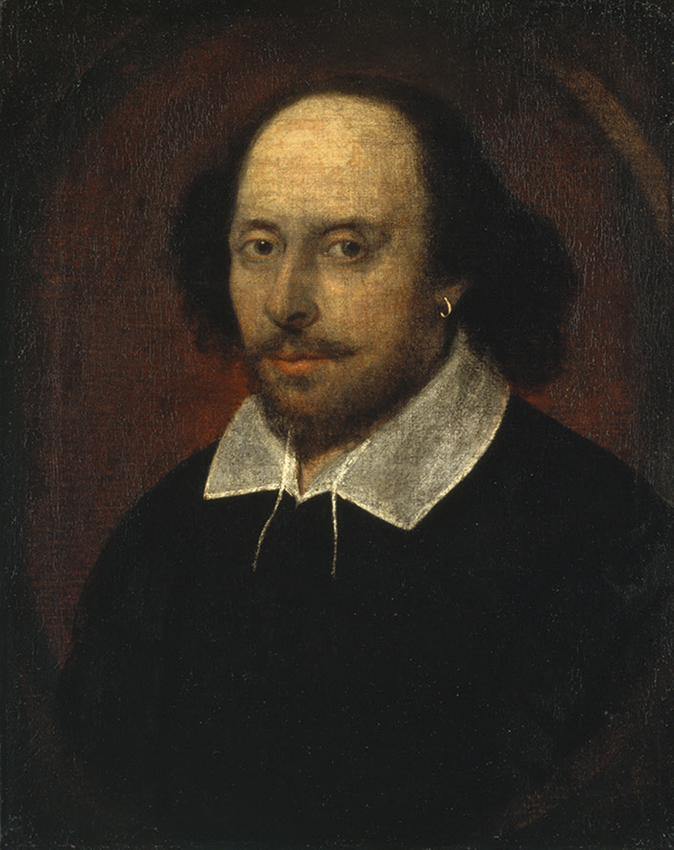
There were, of course, also losers, most spectacular among them the 2nd Duke of Buckingham and Chandos (1797–1861), whose contents sale at Stowe was the sensation of 1848. The Duke had built on his inherited debts magnificently until the annual interest exceeded his income. As The Times put it, he ‘flung all away by extravagance and folly, and reduced his honours to the tinsel of a pauper and the bauble of a fool’. The sale of Stowe’s contents —including even the deer in the park— stretched over 40 days in August and September.
The crowds were drawn more by Schadenfreude than the quality of the contents. An onlooker reported: ‘Standing under the Pantheon-like vault of the great central saloon, and glancing right and left at the endless vistas of gorgeous apartments, one realized the sacrilege that was being perpetrated.’ In fact, the family managed to retain or buy back some of its belongings and survived at Stowe until a final sale in the 1920s.
The 1848 sale was also notable for the Chandos portrait of Shakespeare, which became the first work to enter the National Portrait Gallery, and for the involvement of Thomas Woods, son of Stowe’s gamekeeper, in the preparations. A decade later, he was a partner in Christie’s and became the foremost auctioneer of his time.
- - -
Between 1969 and 1973, Huon Mallalieu worked at Christie’s in the English watercolours and prints department. Christie’s anniversary is the subject of a new book, “Going Once: 250 Years of Culture, Taste and Collecting at Christie’s”, published by Phaidon.
Sign up for the Country Life Newsletter
Exquisite houses, the beauty of Nature, and how to get the most from your life, straight to your inbox.
Country Life is unlike any other magazine: the only glossy weekly on the newsstand and the only magazine that has been guest-edited by HRH The King not once, but twice. It is a celebration of modern rural life and all its diverse joys and pleasures — that was first published in Queen Victoria's Diamond Jubilee year. Our eclectic mixture of witty and informative content — from the most up-to-date property news and commentary and a coveted glimpse inside some of the UK's best houses and gardens, to gardening, the arts and interior design, written by experts in their field — still cannot be found in print or online, anywhere else.
-
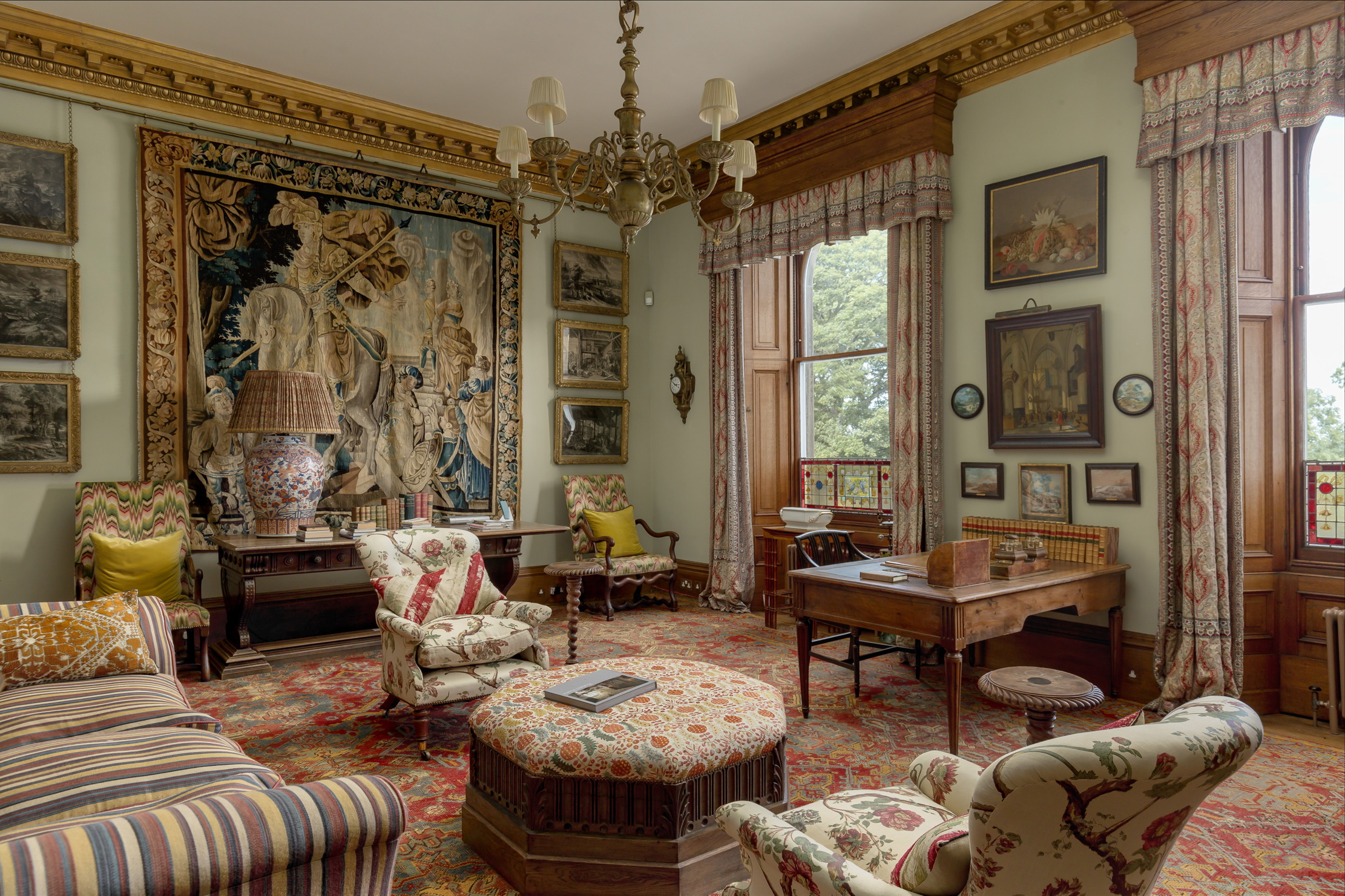 The finest interiors in Edinburgh? A seven-bedroom townhouse furnished by Robert Kime comes to market
The finest interiors in Edinburgh? A seven-bedroom townhouse furnished by Robert Kime comes to marketSituated on one of the New Town's grandest terraces, this four-storey property is a collector's dream.
By James Fisher Published
-
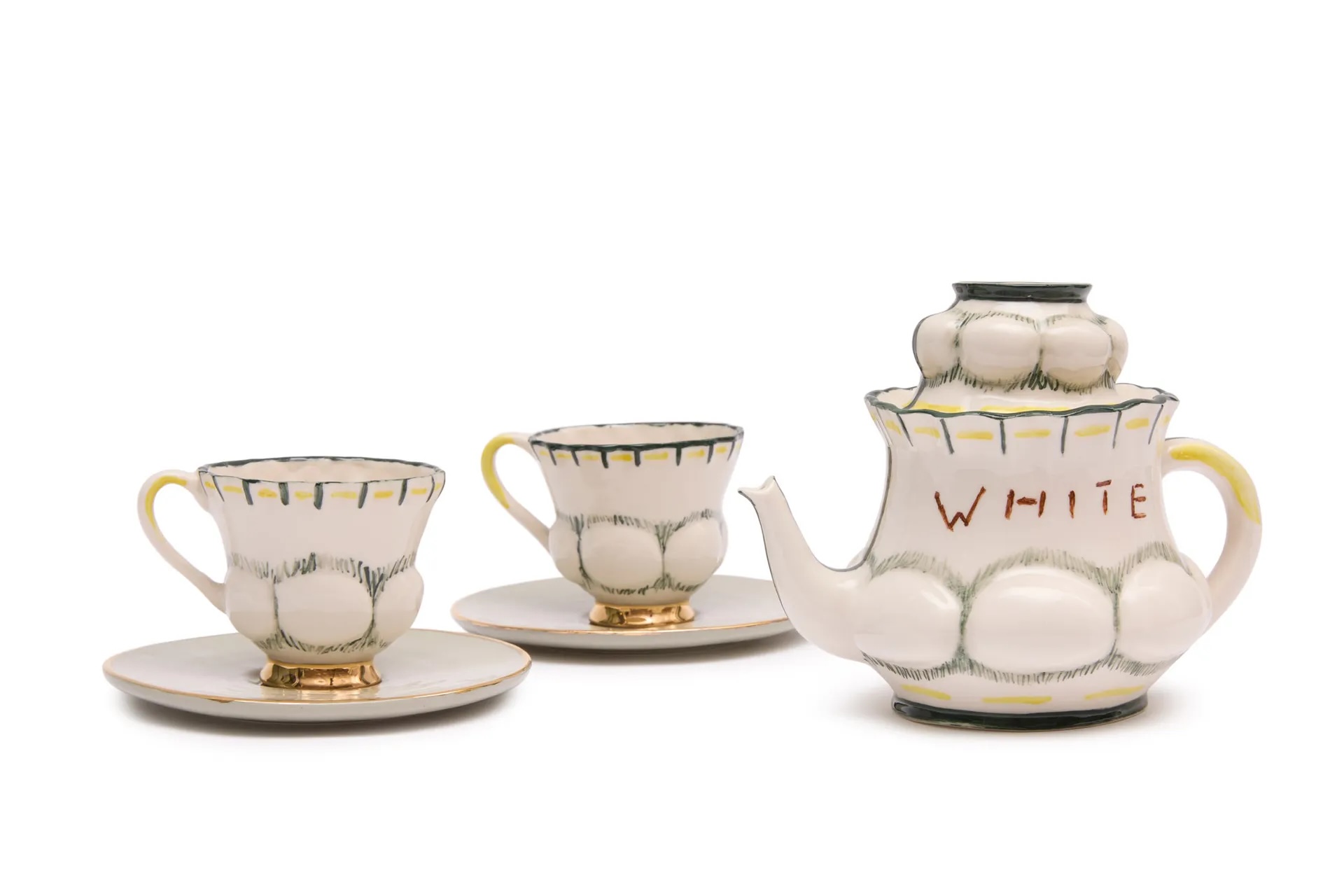 Why LOEWE decided to reimagine the teapot, 25 great designs over
Why LOEWE decided to reimagine the teapot, 25 great designs overLoewe has commissioned 25 world-leading artists to design a teapot, in time for Salone del Mobile.
By Amie Elizabeth White Published
-
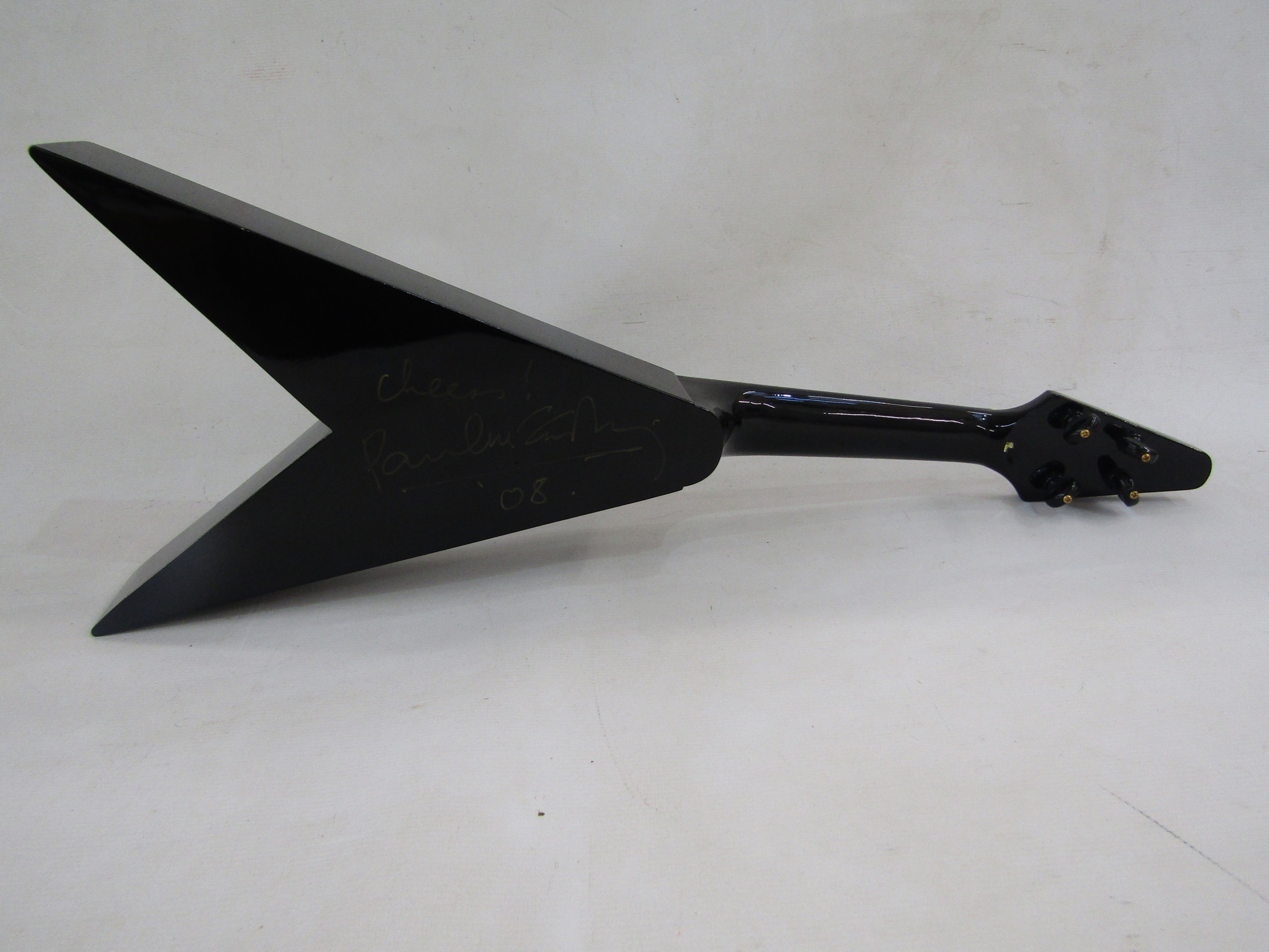 Churchill's dentures, Bruno's boxing glove and Hurst's boot: The strangest auction in the Cotswolds is imminent
Churchill's dentures, Bruno's boxing glove and Hurst's boot: The strangest auction in the Cotswolds is imminentThe Cotswold Auction Company's February 6 sale features some surprising lots from the Second World War, the world of sport and many many stamps.
By James Fisher Published
-
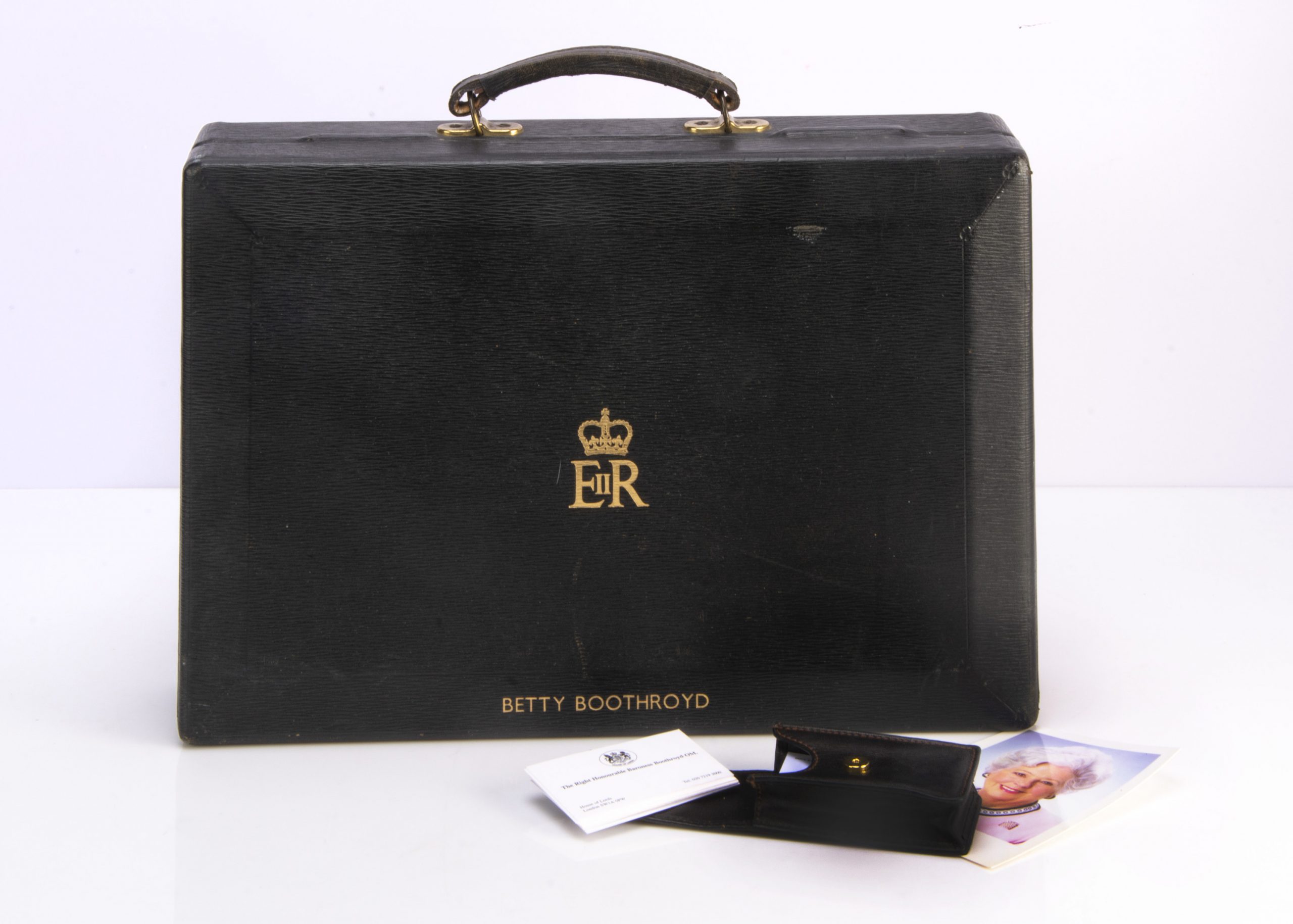 A dispatch box, a bottle of whisky and some frogs — estate of Baroness Betty Boothroyd going under the hammer
A dispatch box, a bottle of whisky and some frogs — estate of Baroness Betty Boothroyd going under the hammerItems belonging to the first female Speaker of the House of Commons will be auctioned off for charity next week
By James Fisher Published
-
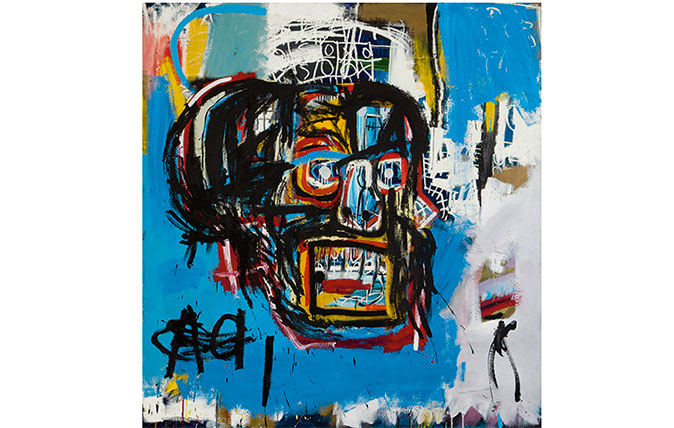 Jean-Michel Basquiat painting goes under hammer for $110.5 million
Jean-Michel Basquiat painting goes under hammer for $110.5 millionBasquiat was 21 years old and still a relative unknown when he painted this piece.
By Toby Keel Published
-
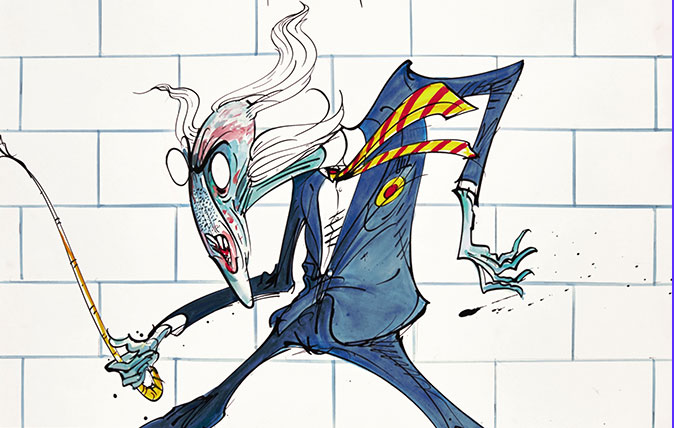 Scarfe’s biting satire to go under the hammer at Sotheby’s
Scarfe’s biting satire to go under the hammer at Sotheby’sA selection of cartoons by satirical cartoonist Gerald Scarfe are going under the hammer at Sotheby's.
By Country Life Published
-
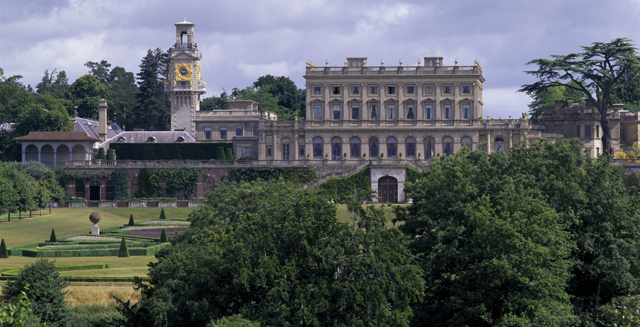 Sotheby’s experts to appraise your antiques during Meissen event at Cliveden
Sotheby’s experts to appraise your antiques during Meissen event at ClivedenA team of experts from Sotheby's will be giving appraisals of antiques during an event organised by porcelain maker Meissen at the beautiful Cliveden House.
By Toby Keel Published
-
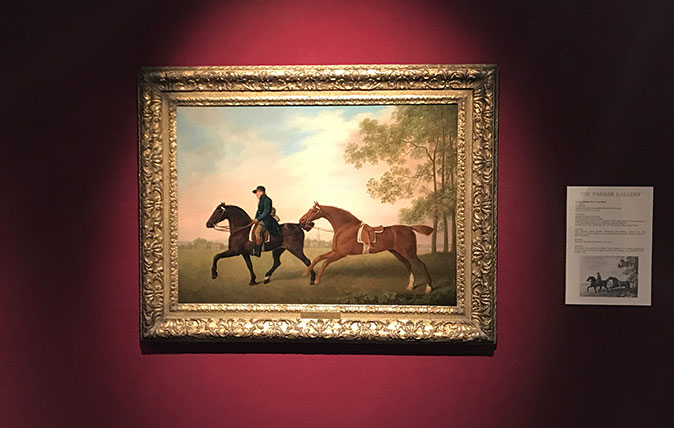 Long-neglected ‘copy’ turns out to be original Stubbs worth £750,000
Long-neglected ‘copy’ turns out to be original Stubbs worth £750,000Gallery owner Archie Parker thought something was amiss when he came across this painting in an online sale catalogue, and he flew to New York to play out his hunch. It paid off.
By Toby Keel Published
-
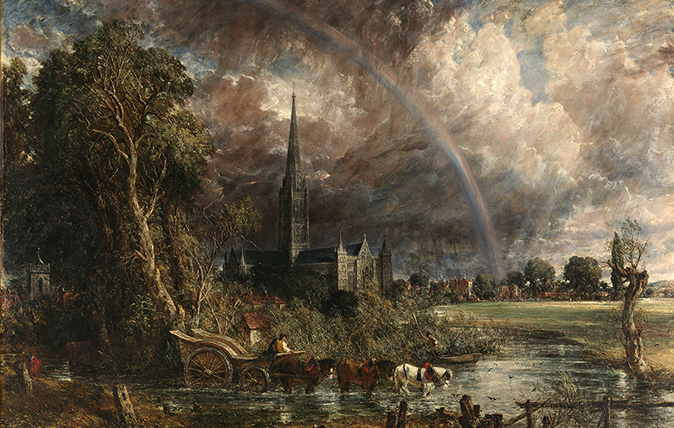 Constable ‘added rainbow after his masterpiece first went on display’
Constable ‘added rainbow after his masterpiece first went on display’One of Britain's greatest-ever artists apparently touched up one of his most famous works to mark the death of a close friend.
By Toby Keel Published
-
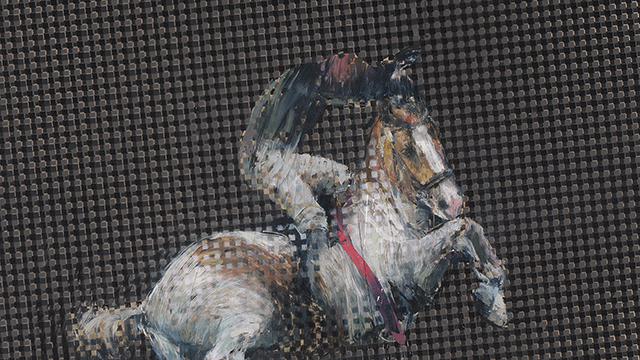 Princess Eugenie helps boost Children & the Arts charity auction at Christie’s
Princess Eugenie helps boost Children & the Arts charity auction at Christie’sThe princess has helped secure donations of works, and has given her patronage to the sale helping a charity which she says has left her "truly inspired".
By Country Life Published